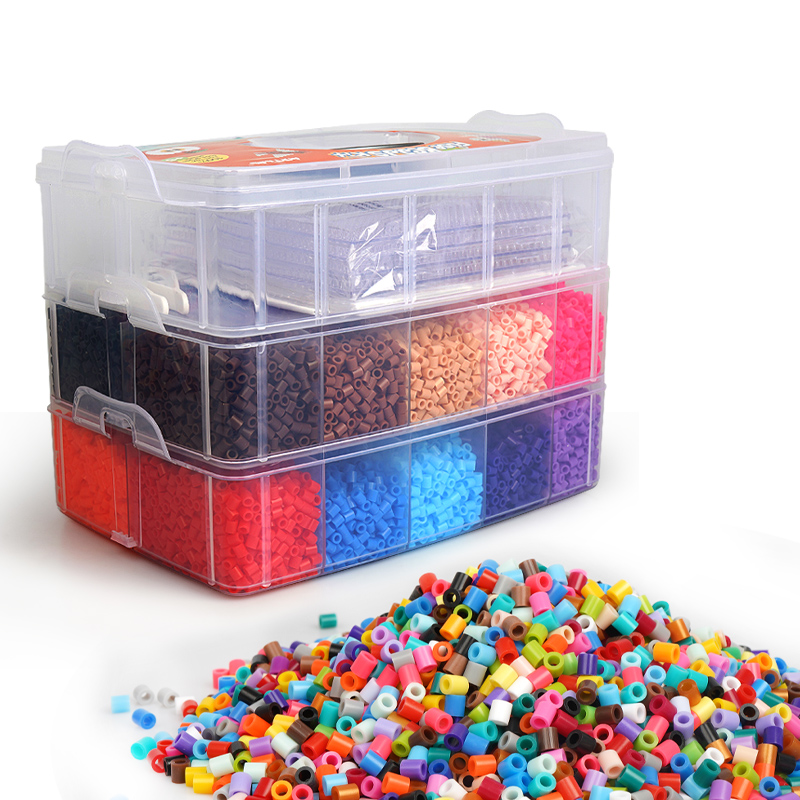Understanding the Purpose and Benefits
In Montessori education, beads play a crucial role in fostering children's mathematical knowledge and cognitive development. These small, colorful objects serve multiple purposes and provide a hands-on learning experience for children. Let's explore why beads are an essential part of the Montessori curriculum.

The Concept of Concrete Learning
One of the key principles of Montessori education is the emphasis on concrete learning over abstract concepts. Beads help children visualize and understand mathematical concepts with tangible objects. Manipulating and counting beads help children develop a strong foundation in number sense, arithmetic operations, and mathematical reasoning.
Progressive Learning for Math Skills
Beads in Montessori materials come in different shapes, sizes, and colors. They are used in a sequential manner to help children progress from concrete to abstract understanding of mathematical concepts. Montessori bead materials, such as the Hundred Board and the Number Rods, engage children in hands-on activities that gradually introduce complex mathematical concepts.
Sensory and Fine Motor Development
Working with beads also supports sensory and fine motor development in young children. Manipulating small objects strengthens hand muscles and coordination. Children move beads along strings or place them on rods, which enhances their hand-eye coordination and fine motor skills. This development is crucial for later writing and pencil grip.
Promoting Independent Learning and Concentration
Beads in Montessori education encourage children to work independently and develop concentration skills. Through self-guided activities with beads, children can explore mathematical concepts at their own pace. This promotes a sense of achievement and confidence as children manipulate beads to solve problems or complete tasks.
In conclusion, beads have a vital role in Montessori education. By using beads, children develop a deeper understanding of mathematical concepts, enhance their fine motor skills, and foster independent learning. The hands-on nature of beads engages children and encourages them to explore and discover the world of mathematics in a meaningful and enjoyable way.

